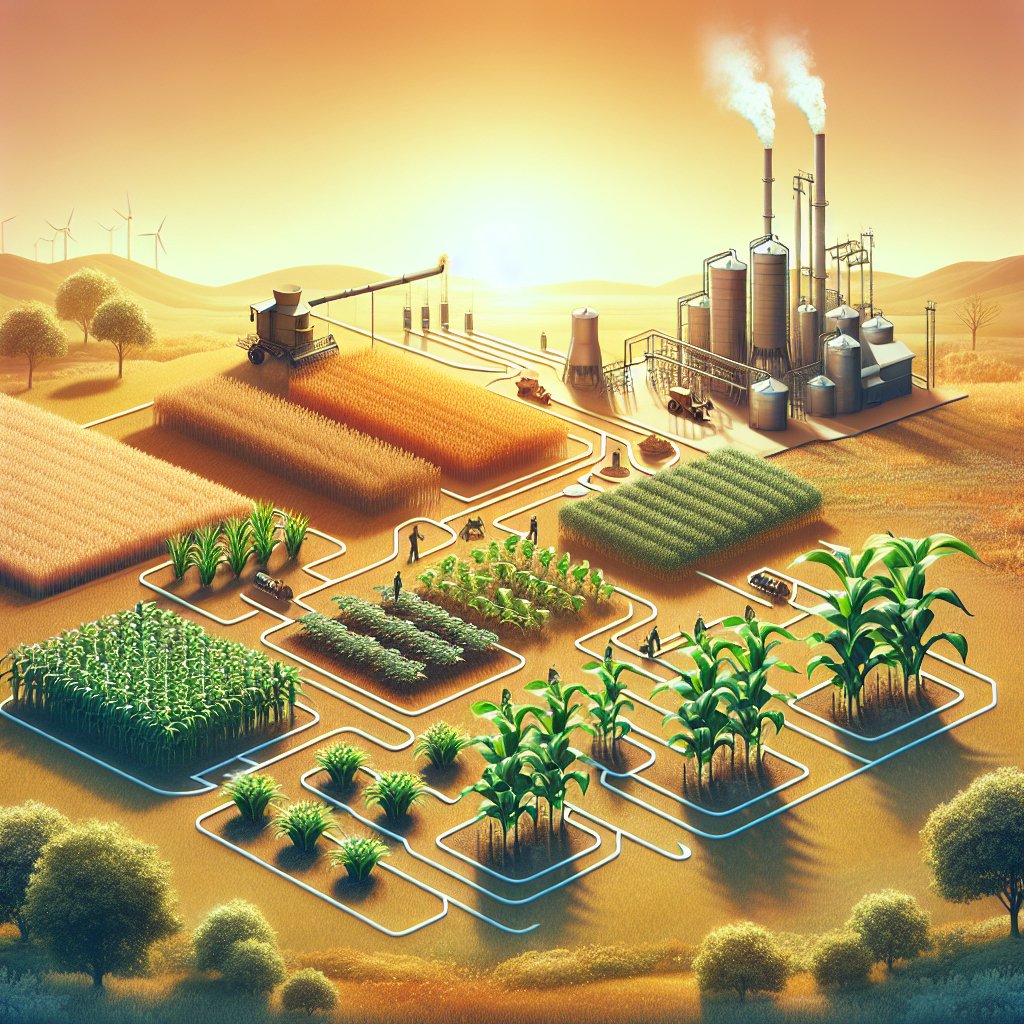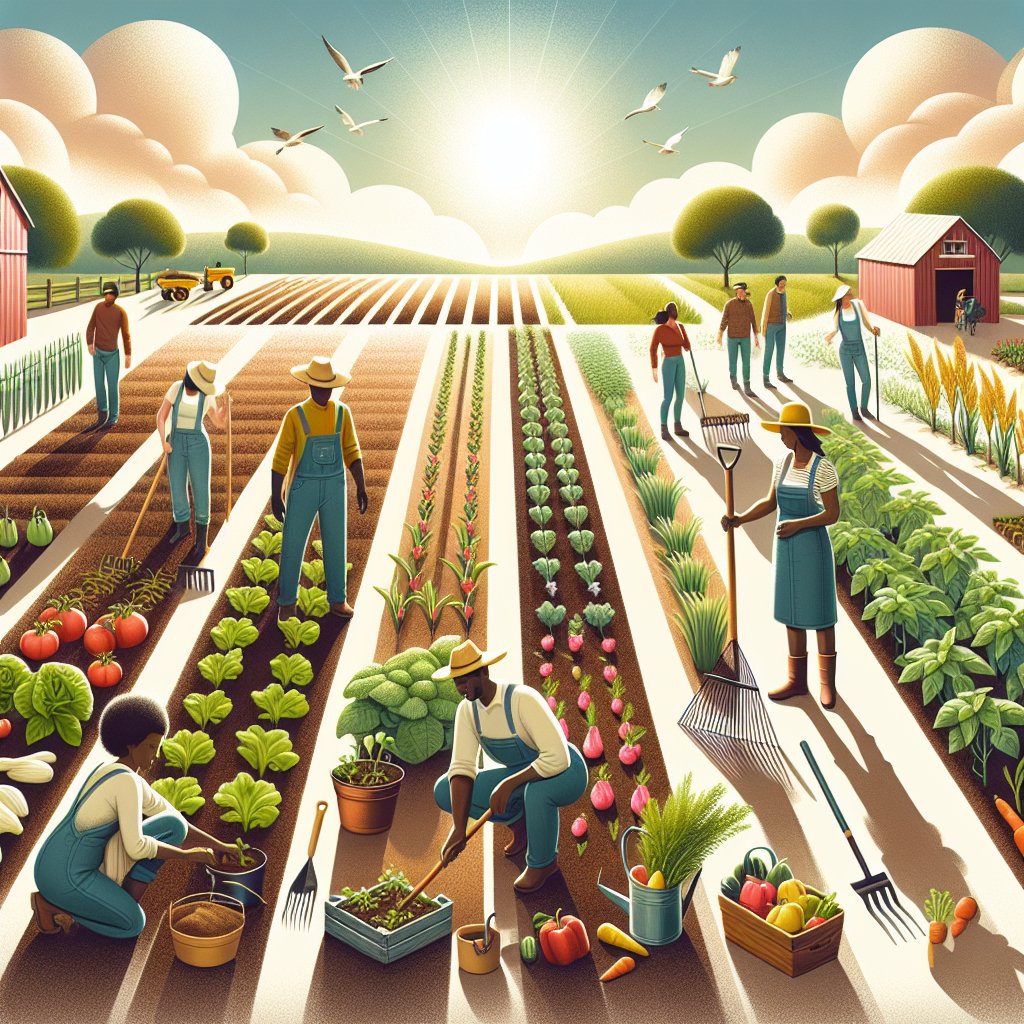
Crop rotation is a time-tested agricultural practice that involves growing different types of crops in the same area across a sequence of seasons. This method is not only beneficial for maintaining soil health but also plays a crucial role in reducing the risks of plant diseases. By understanding the principles of crop rotation and implementing them effectively, farmers can enhance their yields and ensure sustainable farming practices.
Understanding Crop Rotation
Crop rotation is a strategic approach to farming that involves alternating the types of crops grown in a particular field from one season to the next. This practice is rooted in the understanding that different crops have varying nutrient requirements and pest and disease profiles. By rotating crops, farmers can disrupt the life cycles of pests and diseases, improve soil fertility, and reduce the reliance on chemical inputs.
The Science Behind Crop Rotation
The effectiveness of crop rotation lies in its ability to break the cycle of pests and diseases that thrive on specific crops. For instance, if a particular pest or pathogen is associated with a certain crop, planting a different crop in the next season can starve the pest or pathogen, reducing its population. Additionally, different crops contribute to soil health in various ways. Legumes, for example, fix nitrogen in the soil, enriching it for subsequent crops that require more nitrogen.
Moreover, crop rotation can help manage soil structure and fertility. Deep-rooted crops can break up compacted soil layers, improving aeration and water infiltration. This, in turn, supports the growth of subsequent crops. By diversifying the types of crops grown, farmers can also prevent the depletion of specific soil nutrients, promoting a more balanced and sustainable use of the land.
Implementing Crop Rotation to Reduce Disease Risks
To effectively reduce disease risks through crop rotation, farmers must carefully plan their crop sequences. This involves understanding the disease profiles of different crops and designing a rotation plan that minimizes the risk of disease carryover from one season to the next.
Designing a Crop Rotation Plan
When designing a crop rotation plan, farmers should consider several factors, including the disease history of their fields, the susceptibility of different crops to specific diseases, and the environmental conditions that favor disease development. A well-designed rotation plan will alternate crops with different disease susceptibilities, reducing the likelihood of disease outbreaks.
For example, if a field has a history of soil-borne diseases affecting a particular crop, such as root rot in potatoes, the farmer might rotate to a cereal crop like wheat or barley, which is not susceptible to the same pathogens. This break in the host-pathogen cycle can significantly reduce disease pressure in subsequent seasons.
Monitoring and Adjusting Crop Rotations
Crop rotation is not a one-size-fits-all solution, and farmers must be vigilant in monitoring their fields for signs of disease. Regular field inspections and soil testing can help identify emerging disease threats and inform adjustments to the rotation plan. If a new disease is detected, farmers may need to modify their crop sequence or introduce additional control measures, such as resistant crop varieties or biological controls.
Additionally, farmers should consider the broader ecological impacts of their crop rotation practices. By incorporating cover crops and green manures into their rotation plans, they can enhance soil health and biodiversity, further reducing disease risks and promoting sustainable farming systems.
Conclusion
Crop rotation is a powerful tool for reducing disease risks in agriculture. By understanding the principles of crop rotation and implementing them effectively, farmers can disrupt pest and disease cycles, improve soil health, and enhance the sustainability of their farming practices. With careful planning and monitoring, crop rotation can be a cornerstone of integrated pest and disease management strategies, helping farmers achieve higher yields and more resilient agricultural systems.

